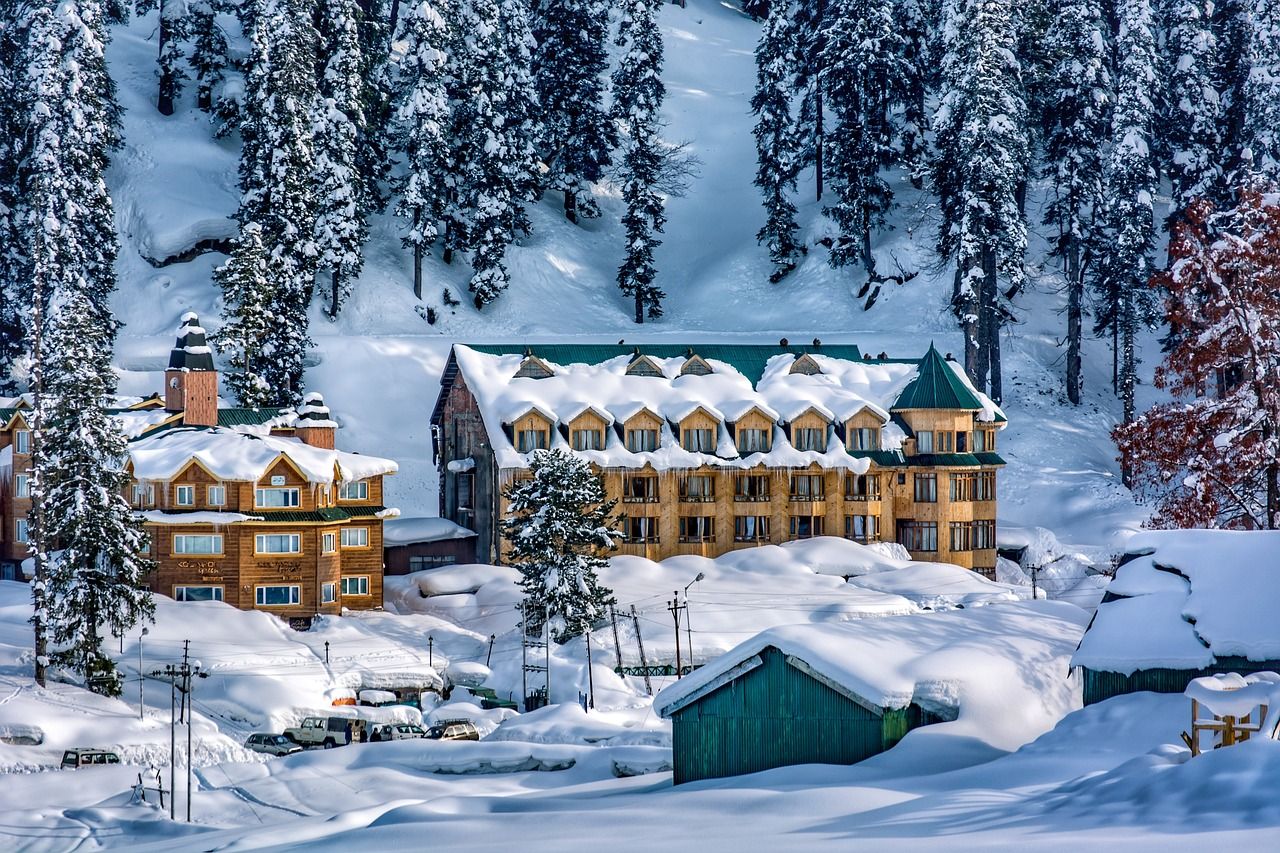Popular Kashmir Ski Resort Suffers A Dry Winter With No Snow

Standing at 8,500 feet, the ski resort’s miles of slopes are usually covered with snow from December to March and are visited by many snowboarders and skiers. Clearly, this has a devastating effect on tourism in Indian-led Kashmir.
No snow in Gulmarg ski resort in Kashmir
January is a popular time for skiing at the Kashmir ski resort, Gulmarg. Due to an unusually dry winter, the area has little snow. The New York Times quotes Ishfaaq Ahmad Malik, 65, a ski instructor at the resort as saying, “This has never happened before in January. Not in my lifetime and definitely not in Gulmarg.”
https://twitter.com/Farhat_naik_/status/1745730017848390062?s=20
Meanwhile, it isn’t only the ski resort that is suffering in the dry winter. Across Kashmir and other areas of the Himalayas in northern India, the continuing dry spell is causing fear with farmers, while threatening tourism and the ski industry that brings in millions of dollars each year.
Like much of the region and elsewhere in the world, Kashmir is suffering extreme weather patterns. In summer, Kashmir saw heat waves, leading to the melting of glaciers – a major source of water for the region’s millions of people.
Hotels are receiving cancellations
Now, even the 13,800-foot summit of Gulmarg which should be white with snow, is instead colored brown and green. Moreover, hotels are reporting cancellations by tourists and parking lots are empty.
Kashmir tourism official, Javed Rehman explained that no snow at this time of year means no tourism income. Ironically, in 2023, the resort extended its ski season by 15 days due to a huge influx of skiers.
https://twitter.com/teilwanczekuss/status/1747274096004477295?s=20
“During winters, Gulmarg, for most tourists, is the most important destination in their itinerary, with other places as supplementary additions,” Rehman said.
While there was limited snowfall in the higher areas last month, it isn’t anywhere near enough for the ski resort on which thousands of people depend for their livelihoods. According to meteorologists, this unusually dry weather is caused by global warming. Meanwhile, the climate phenomenon El Niño leads to dry, warm conditions in Kashmir and other areas of Asia.
This year, ski rental shops are closed, instructors are out of work and even sled pullers and tea sellers in the resort are making no money.
From Barren Slopes to Water Woes: #ElNiño disrupts life in #HimachalPradesh & #JammuAndKashmir.
Time to tackle change in weather patterns. #Kashmir #KashmirTourism #Gulmarg #Snowfall #Manali #Weather #SnowAlert #Snow #Uttarakhand #WinterWeather #ElNino pic.twitter.com/ZSL0NQXUbY
— SwitchON Foundation (@SwitchONIndia) January 17, 2024
The Times quotes Imtiaz Khan, another ski instructor from Tangmarg in northern Kashmir, as saying:
For the whole year, our only expectation is a good two months of work.
Meanwhile, hotel managers in Gulmarg are facing similar problems with tourists canceling bookings each day. One hotel manager, Mohammad Asadullah Hajam explained that 50 percent of cancelations are from foreign tourists, which is where most of their revenue is derived.
As climate change and global warming continue, similar stories are likely to be reported.
